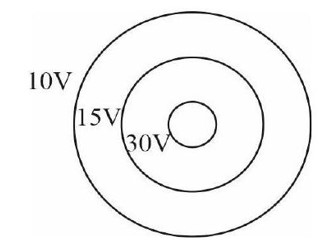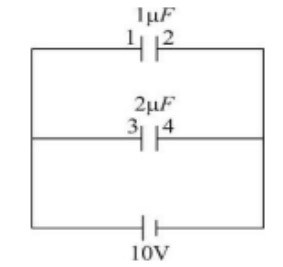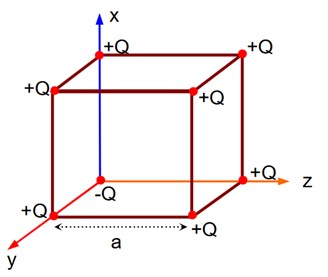Electrostatics
Get insights from 79 questions on Electrostatics, answered by students, alumni, and experts. You may also ask and answer any question you like about Electrostatics
Follow Ask QuestionQuestions
Discussions
Active Users
Followers
New question posted
2 months agoNew answer posted
2 months agoContributor-Level 10
V_common = (C? V? + C? V? )/ (C? + C? )? 2 = (3? F)*12)/ (3? F)+ (3? F)*K)? 2 = 12/ (K+1)? K = 5
New answer posted
2 months agoContributor-Level 10
tan 60° = (2kλ? /y? )/ (2kλ? /x? )
(√3λ? /x? ) = (λ? /y? ); √3λ? y? = λ? x?
New answer posted
2 months agoContributor-Level 9

Eq. (1) (2)
Eq. (2) (3)
By (3)
Potential of innermost shell (earthed)
New answer posted
2 months agoContributor-Level 10
Charge initially on capacitor 1=10µC
Charge initially on capacitor 2=20µC
Finally the potential difference across both capacitor will be equal.
Let us assume that to be V.
1V + 2V = +10
V = 10 / 3 = 3.33V
New answer posted
2 months agoContributor-Level 10
If charge (-Q) at origin is replaced by (+Q), then electric field at the centre of the cube is zero. Thus, electric field at the centre of the cube is as if only (-2Q) charge is present at the origin.
Taking an Exam? Selecting a College?
Get authentic answers from experts, students and alumni that you won't find anywhere else
Sign Up on ShikshaOn Shiksha, get access to
- 65k Colleges
- 1.2k Exams
- 679k Reviews
- 1800k Answers






